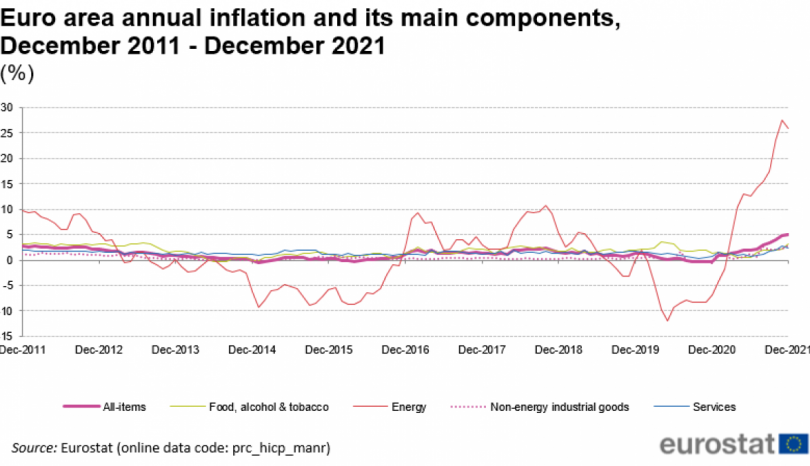Generation and transmission of the Electricity power
In the sixth century BC, the Greek scholar Thales of Miletus explored different avenues regarding golden poles and these trials were the initial examinations of the development of Power to Choose electrical energy. While this technique, presently known as the triboelectric impact, can lift light articles and create sparkles, it is incredibly wasteful. It was only after the development of the voltaic heap in the eighteenth century that a reasonable wellspring of electricity opened up. The voltaic heap, and its cutting edge relative, the electrical battery, store energy synthetically and make it accessible on request as electrical energy. The battery is a flexible and exceptionally normal power source that is unmistakably fit for numerous applications, however, its energy stockpiling is limited, and when discharged it should be discarded or recharged. For enormous electrical requests, electrical energy should be created and sent consistently over conductive transmission lines.
Electrical Power
- Electrical power is typically created by electro-mechanical generators driven by steam delivered from petroleum product ignition, the intensity let out of atomic responses; or from different sources, for example, dynamic energy separated from wind or streaming water. The cutting-edge steam turbine created by Sir Charles Parsons in 1884 today produces around 80% of the electric power on the planet utilizing an assortment of intensity sources. Such generators look similar to Faraday’s homopolar plate generator of 1831, however, they actually depend on his electromagnetic rule that a guide connecting a changing attractive field initiates an expected contrast across its closures.
- The creation in the late nineteenth 100 years of the transformer implied that electrical power could be sent all the more productively at a higher voltage yet lower flow. Productive electrical transmission implied thus that electricity could be created at unified power stations, where it profited from economies of scale, and afterward be despatched moderately significant distances to where it was required.
- Since electrical energy can only with significant effort be put away in amounts sufficiently enormous to fulfill needs on a public scale, consistently precisely as much should be delivered as is required. This requires electricity utilities to make cautious expectations of their electrical loads, and keep up with consistent coordination with their power stations. A specific measure of age should constantly be held for possible later use to pad an electrical lattice against inescapable unsettling influences and misfortunes.
- Interest for electricity develops at an incredible rate as a country modernizes and its economy creates. The US showed a 12% expansion popular during every extended period of the initial thirty years of the 20th hundred years, a pace of development that is currently being capable by arising economies like those of India or China. By and large, the development rate for electricity requests has surpassed that for different types of energy.
Applications

Electricity is an extremely helpful method for moving energy, and it has been adjusted for a colossal and developing, number of purposes. The development of the pragmatic radiant light during the 1870s prompted lighting to become quite possibly the earliest freely accessible use of electrical power. In spite of the fact that the jolt carried with it its own risks, supplanting the stripped flares of gas and getting the enormously diminished fire going perils inside homes and production lines. Public utilities were set up in numerous urban communities focusing on the prospering business sector for electrical lighting. In the late twentieth hundred years and in current times, the pattern has begun to stream toward liberation in the electrical power area.
The resistive Joule warming effect used in fiber lights similarly sees more clear use in electric warming. While this is adaptable and controllable, it will in general be considered to be wasteful, since most electrical age has recently required the improvement of force at a power station. Various nations, like Denmark, have given regulations confining or restricting the utilization of resistive electric warming in new structures. Electricity is anyway still a profoundly pragmatic energy hotspot for warming and refrigeration, with cooling/heat siphons addressing a developing area of electricity interest for warming and cooling, the impacts of which electricity utilities are progressively obliged to oblige.

